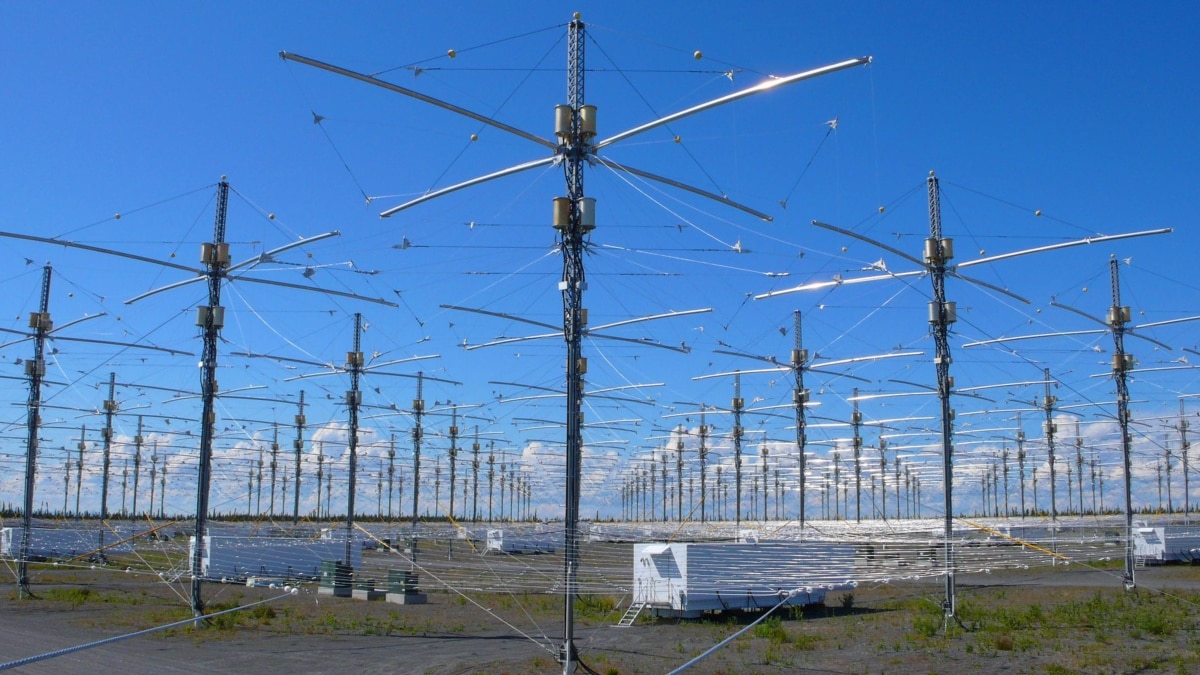Unveiling the Enchanting World of Harp Technology in Detail

Introduction:
Innovation is constantly reshaping many elements of our life in the ever-evolving technological world, frequently surprise us with fascinating new developments. The world of musical instruments is one such area where technology has had a huge influence, with "Harp Technology" emerging as an intriguing example. In this article, we set out on a quest to investigate the enthralling world of harp technology, learning about its history, current advancements, distinguishing characteristics, and the symbiotic union of tradition and innovation it embodies.
Origins and Evolution of Harp Technology:
The harp is an old instrument beloved for its melodic tones and exquisite design, with a long and illustrious history that serves as the foundation for harp technology. The harp has experienced radical transformations throughout the years, evolving from its classical form to more contemporary forms that combine tradition and cutting-edge innovation. On top of these historical underpinnings, harp technology advances the instrument's playability, adaptability, and musical experience as a whole.
The Modern Harp:
Modern harp technology includes a variety of advancements that aim to improve the harpistry and usability of the instrument. This involves improvements in building methods, materials, and electronics that balance historical practices with modern requirements.

Key Features and Innovations
Electro-Acoustic Harps:
The creation of electro-acoustic harps, which use electronic components to enhance and modify the sound, is one noteworthy advance. Harpists may experiment with different tones and effects on these harps by connecting them to effects pedals, amplifiers, and sound systems.
Lightweight and Portable Designs:
Traditional harps are notorious for their size and weight, which makes them difficult to move and play. The development of lighter, more portable harp designs has made it simpler for harpists to travel and play in a variety of situations.
Digital Harps and MIDI Integration:
Traditional aesthetics and computer interfaces are combined in digital harps. Incorporating MIDI (Musical Instrument Digital Interface) into certain digital harps enables players to create a larger variety of tones and even replicate other instruments.
Enhanced String Mechanisms:
Better string mechanics have been created as a result of harp technology, enabling more accurate tuning and dynamic control. This improves the instrument's overall playability and tone quality.
Advancing Musical Exploration:
Harp technology not only helps seasoned players but also encourages beginners to learn the instrument more easily. By incorporating contemporary characteristics, possible entrance barriers are reduced and learning and experimentation are encouraged.
Preserving Tradition Through Innovation:
While modern aspects are introduced by harp technology, it's important to stress that these advancements serve to compliment, not eclipse, the harp's rich heritage and history. The instrument's capabilities are carefully expanded through the integration of new technology without losing its distinctive character or appeal.
Conclusion:
The use of harp technology is evidence of how tradition and innovation may live together. The harp has entered a new era marked by improvements in design, materials, and electronics, where its melodic tones are matched by the adaptability and accessibility made possible by contemporary technology. Harpists carry on the tradition of musical brilliance while embracing the fascinating frontier of technical advancement as they continue to investigate the opportunities afforded by harp technology..









